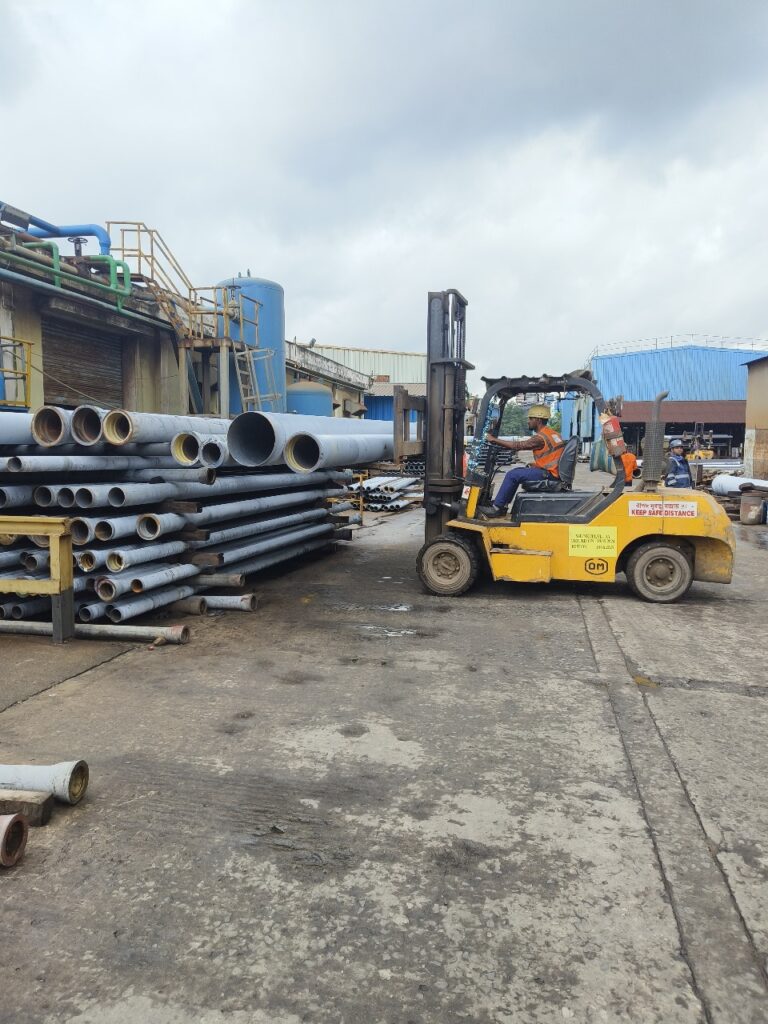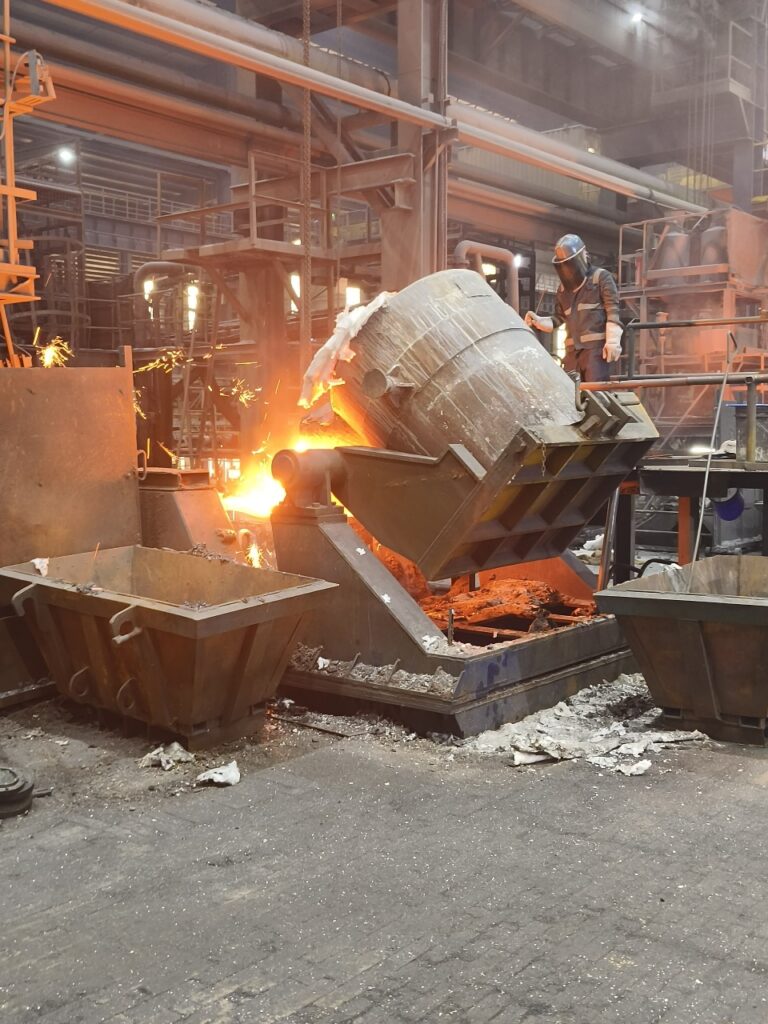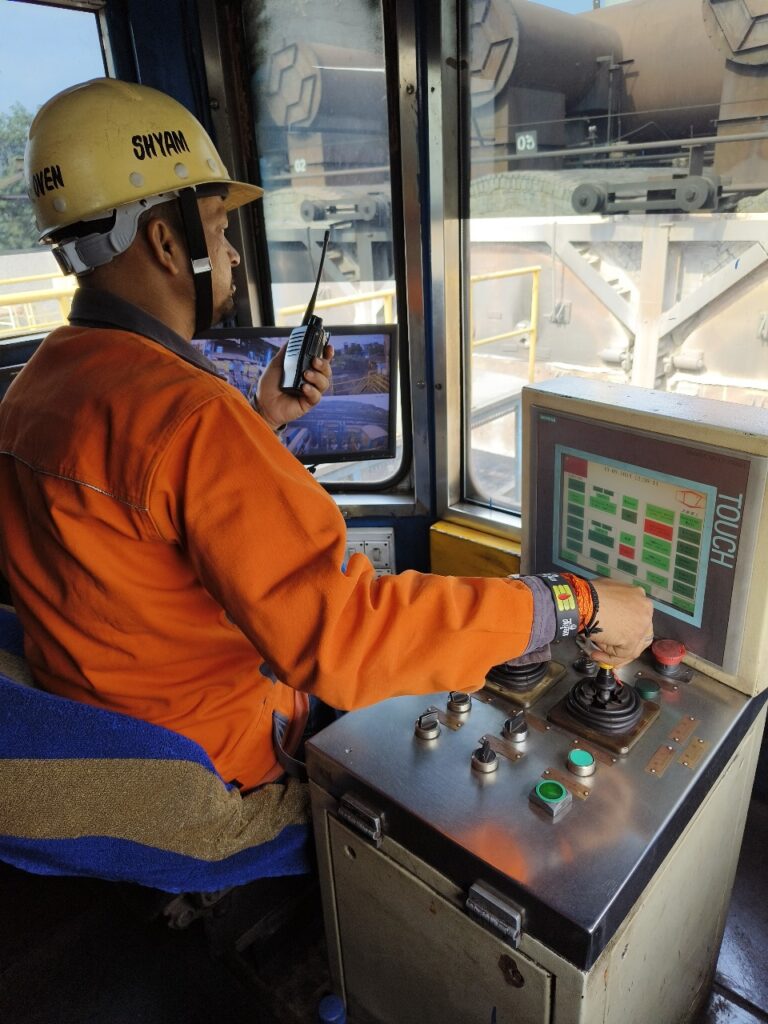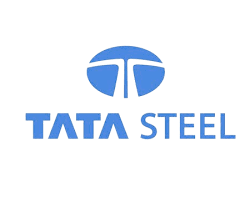
Industrial Ergonomics
Enhance Workplace Safety and Efficiency with Industrial Ergonomics
Industrial workplaces often involve physical challenges like repetitive motions, uncomfortable postures, heavy lifting, and prolonged exposure to demanding conditions. These can lead to musculoskeletal disorders, chronic pain, and fatigue, affecting workers’ health, productivity, and increasing accident risks. This is where industrial ergonomics plays a vital role.
Ergonomics focuses on designing workspaces, tools, and tasks that align with workers’ physical capabilities, aiming to create safe, efficient environments in sectors like manufacturing, construction, and logistics. At PES, our team of safety engineers, doctors, and ergonomics specialists is committed to improving workforce health and productivity with solutions that minimize risks and enhance efficiency.




Understanding the Effects of Poor Industrial Ergonomics
Poor ergonomics in industrial environments can lead to a variety of severe injuries that can affect workers’ health and productivity. These injuries include:
- Musculoskeletal Disorders (MSDs)
- Carpal Tunnel Syndrome
- Repetitive Strain Injuries (RSI)
- Herniated Discs
- Knee and Shoulder Injuries
- Tendonitis
- Fatigue and Exhaustion
- Burns and Cuts
- Respiratory Issues
- Strains and Sprains
- Chronic Neck and Back Pain
- Eye Strain and Vision Problems
- Joint Inflammation
- Headaches and Migraines
Ergonomic Risk Factors Associated with Poor Industrial Ergonomics

Repetitive Motion

Awkward Postures

Forceful Exertions

Prolonged Sitting or Standing

Vibration Exposure

Environmental Factors
Key Ergonomic Principles for the Industrial Sector
Implementing effective ergonomic practices is essential to ensuring worker health, safety, and productivity. Here are the key ergonomic principles every industrial workplace should follow:
Workstation Design
Ensure workstations are ergonomically designed to minimize strain. Proper height adjustments and tool placement can help reduce physical discomfort and enhance productivity.
Personal Protective Equipment (PPE)
Use comfortable and well-fitting PPE to protect workers from hazards without causing strain or discomfort, ensuring they can perform tasks effectively.
Adjustable Equipment
Incorporating adjustable tools and workstations allows workers to modify their workspace to suit their needs, promoting better posture and reducing strain.
Proper Lifting Techniques
Implement proper lifting protocols and provide training on safe lifting practices to prevent back injuries. Use mechanical aids where possible to reduce physical strain.
Task Variation
Encourage task rotation and regular breaks to reduce the risk of repetitive strain injuries (RSIs) and keep workers engaged and energized throughout the day.
Workers Are the Lifeblood of Your Company
Don’t let poor ergonomics compromise their well-being. Let PES help you enhance safety and productivity.









